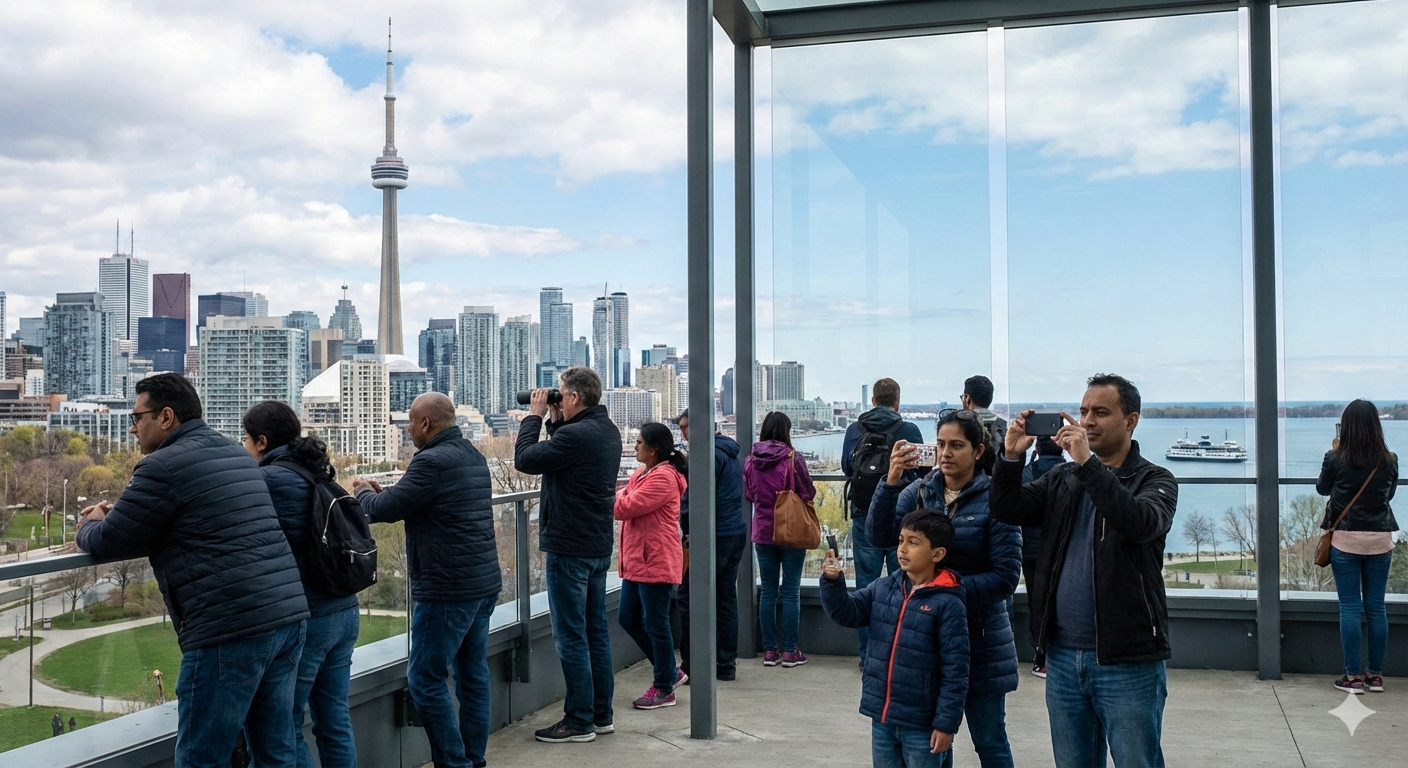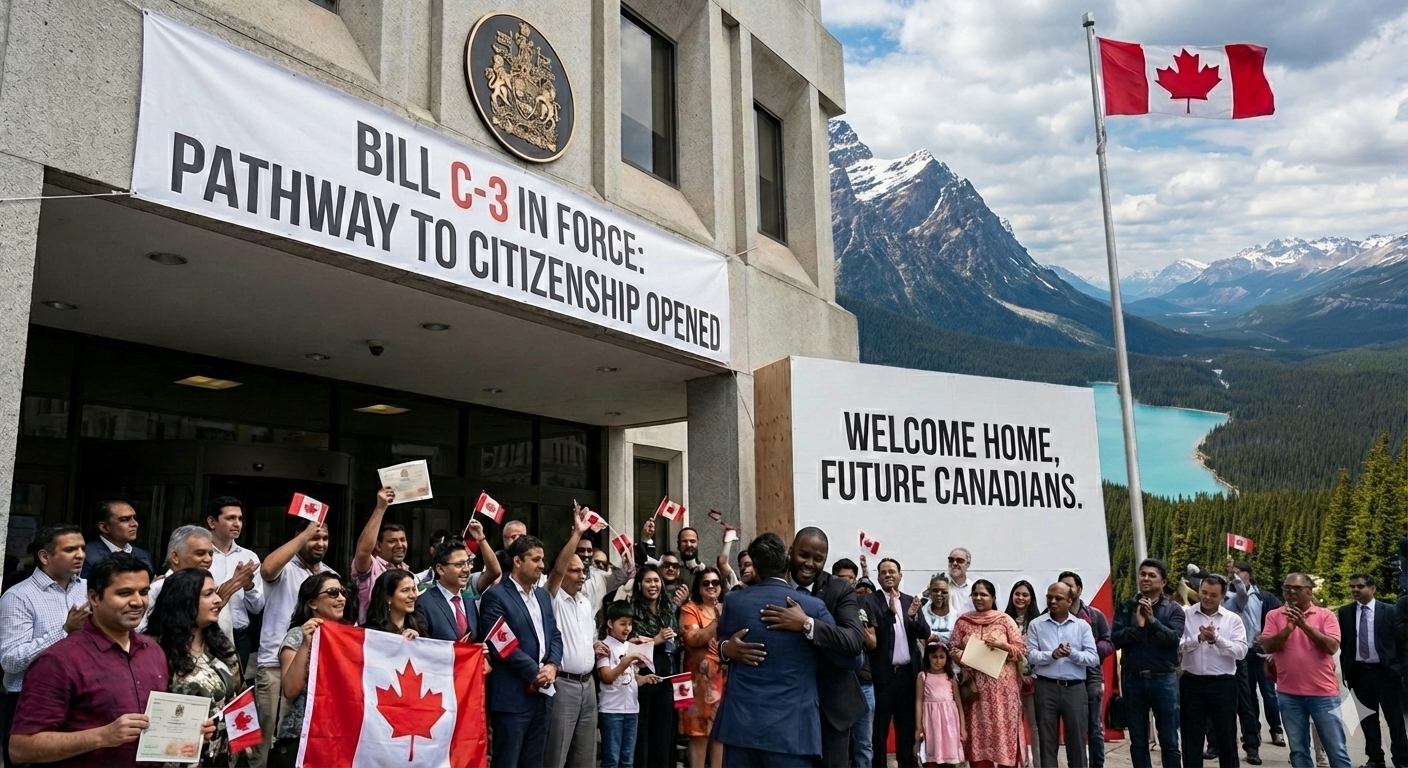Canada’s New Immigration Policies Slow Down Population Growth

Recent data from Statistics Canada shows that Canada’s
population growth has come to a near halt. Between January 1 and April 1, 2025,
the population increased by just 20,107 people—or 0.0%. This is one of the
smallest quarterly growths since the COVID-19 pandemic in 2020 and is tied with
a similar dip in 2014.
The sharp drop in population growth is mainly due to a
decrease in the number of temporary and permanent residents in the country.
Temporary residents in Canada declined by over 61,000 during the first quarter
of 2025 alone.
Why Is Canada’s Population Growth Slowing?
Since early 2024, the federal government has been taking
active steps to manage immigration levels, citing concerns about pressure on
housing, healthcare, and infrastructure. Several key policy changes have led to
fewer newcomers, especially in the temporary resident category.
Here are the main policy changes that have contributed to
this slowdown:
1. Lower Permanent Resident Admissions
In its 2025–2027 Immigration Levels Plan, the Canadian
government announced a reduction in permanent resident (PR) admissions. The
2024 target was 485,000, but for 2025, it has been reduced to 395,000.
For the first time, the government also introduced a cap
for temporary resident admissions, setting a target of 673,650 for foreign
workers and international students combined. The government aims to reduce
temporary residents to just 5% of the total population by the end of 2026.
2. Cap on Study Permits
To control the growing number of international students,
the government set a cap on study permit applications for 2025. From January 22
to December 31, only 550,162 applications will be processed. However, the
number of actual study permits to be issued is expected to be just 437,000—10%
lower than the 2024 limit.
Since January 22, 2024, most study permit applicants must
also submit a Provincial Attestation Letter (PAL), issued by the province where
they plan to study.
3. Moratorium on Low-Wage LMIAs
As of September 26, 2024, the government has stopped
processing certain Labour Market Impact Assessments (LMIAs) under the low-wage
stream of the Temporary Foreign Worker Program (TFWP).
If the job is located in a region with an unemployment rate
of 6% or more, or offers a wage below the provincial threshold, the LMIA will
not be processed. Without an approved LMIA, employers cannot hire foreign
workers through the TFWP or renew existing work permits under this program.
4. Restrictions on Spousal Open Work Permits
Starting January 2025, spousal open work permits (OWPs) are
only available under limited conditions:
- For
international students: Only spouses of students enrolled in certain
programs—such as master’s programs of 16 months or more, doctoral degrees,
and professional programs like nursing or engineering—are eligible.
- For
foreign workers: The principal worker must be employed in TEER 0 or 1 jobs
(or specific in-demand TEER 2 and 3 jobs) and hold a work permit valid for
at least 16 more months when their spouse applies.
5. Changes to Post-Graduation Work Permit
(PGWP) Eligibility
From November 1, 2024, international graduates applying for
a PGWP must meet stricter conditions. The study program must relate to Canada’s
labour market needs, and graduates must meet new language and program-specific
requirements.
Students who received their study permit after November 1,
2024, and whose program is not linked to a labour shortage occupation, may not
be eligible for a PGWP.
Final Thoughts
Canada’s new immigration policies are part of a broader
effort to manage population growth and ease pressure on public services. While
these measures may slow immigration in the short term, they are designed to
support long-term sustainability and ensure that newcomers can access adequate
housing, education, and healthcare.






